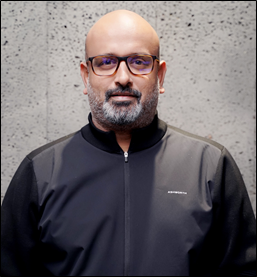2022 has been a watershed moment for MSME digital lending in India with dramatic growth in bank and fintech partnerships and transformation of the entire MSME credit value chain, from origination and servicing to collections. However, there have been three fundamental shifts that define this moment.
First is the rapid formalization and digitization of MSMEs, evident from the eight-fold increase in MSME data consumption. Next is the maturing India tech stack underscored by the availability of API-based data that has rendered end-to-end digital lending for MSMEs a reality.
With this, the loan approval turnaround time for the sector is as short as one day. And finally, the increased receptivity and adoption of digital lending by MSMEs. Yet, a 25 lakh crore credit gap needs to be addressed. This year, we saw a 70-80% growth in credit demanded by MSMEs compared to 2021.
To bridge this gap in 2023, we expect the regulators to further advance the digital MSME lending opportunity by facilitating consent-based data sharing for MSME formalization. This, coupled with embedded finance, will enhance the credit approval process by looking at transactional data and offering personalized financial products. Further, with RBI bringing GST under the ambit of account aggregators, we will see GST as a valuable tool to facilitate cashflow based lending to MSMEs.”






